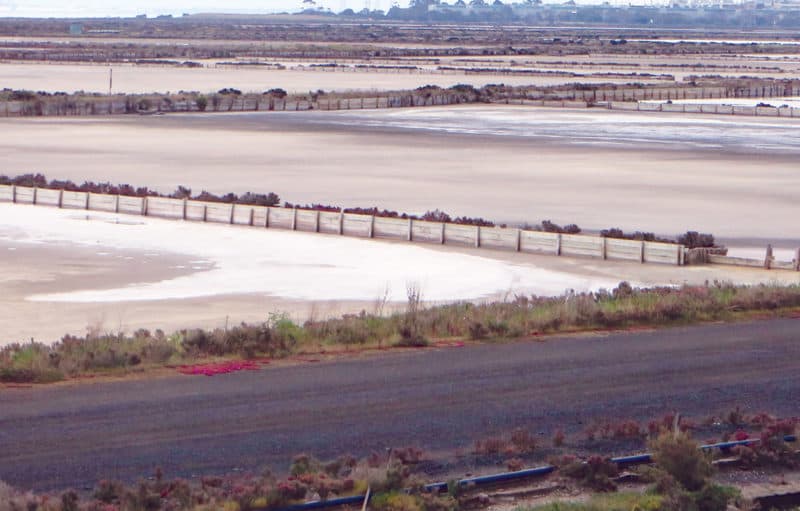Native vegetation on its knees
Imagine a landscape without trees, native animals or birdsong. No one would want to live in a place like that. But parts of Victoria, the most cleared state in Australia, are nearing dangerously low levels of native habitat.
Victoria has around 3,000 species of native plants and trees in more than 300 habitats. These are home to 700 species of native animals, as well as thousands of invertebrates and fungi.
After 150 years of land clearing, invasion by feral species, the carve-up of habitats, and now the escalating impact of climate change, Victoria’s natural habitats are on their knees.
Our briefing paper Victoria: habitat trends & native vegetation shows that:
- on private land alone, eight out of every 10 hectares of native plants are gone
- in the Riverina, Wimmera, the volcanic plains and parts of the Mallee, 84% of native vegetation is gone
- around the Melbourne region, about 71% from private and public land as been lost.
The main drivers of clearing include:
- land use change
- intensification of agriculture, such as changing from grazing to cropping
- urban and peri-urban development
- new infrastructure
- fire prevention and other activities by exempted public authorities.
How our community benefits from native vegetation
Over the past few decades, there have been plenty of scientific and government reports highlighting the critical value of native vegetation in the landscape. Our briefing paper Native vegetation: Victoria’s natural equity shows that native vegetation is not just a home for animals; it also provides a wide range of services to our communities, including:
- producing clean water
- protecting soils
- storing carbon
- helping pollination
- presenting people with inspiration and interest in the landscape.
Various studies have identified that these ecosystem services are worth many millions of dollars.
Keeping native vegetation is the best way to maintain habitat for threatened plants and animals. Places with remnant native vegetation support a higher diversity of species than areas that have been revegetated.
Victoria loses its way on clearing controls
Vegetation clearing on Victoria’s private land is largely controlled through native vegetation regulations in the Planning and Environment Act.
In the 1980s, Victoria was a leader in introducing controls on broad-scale clearing of native vegetation. Since then, these initiatives have been built on and tinkered with by both major political parties, leading to a complex system of rules and regulations.
Research shows that the losses in native vegetation from clearing private land are likely to be more than the gains from revegetation and natural regeneration.
But Victoria continues to clear significant amounts of remnant native vegetation, even though there remains a strong emphasis on vegetation offsets to create a ‘no net loss’ or a ‘net gain’ on a state-wide basis.
When the clearing of an area of native vegetation is planned, an offset may be used to secure and improve the condition of a patch of vegetation elsewhere. This then allows the planned clearing to go ahead.
The vegetation offset approach is complex, and many ecologists and conservationists are critical of it. There are also many exemptions from the native vegetation clearing regulations, including for government departments and agencies that clear large areas.
What is VNPA doing about it?
VNPA is advocating for strong laws, regulations and well-resourced programs to ensure Victoria stops and reverses the further loss of our bushland and habitats.
What is needed is outlined in our major report Natural Victoria: Conservation priorities for Victoria’s natural heritage 2014. You can also read about our views in the submissions we have made to various public consultation processes.
And at the local level, we have been working with the Bendigo community to establish the Bendigo Bushland Ambassadors program. As part of the program we published the Living Next to Nature booklet which shows local residents how to look after the bush that surrounds their city.
More information
> Victoria: habitat trends and native vegetation briefing paper
> Native vegetation: Victoria’s natural equity briefing paper
> State of the Environment Victoria 2013 – background brief
> Natural Victoria: Conservation priorities for Victoria’s natural heritage 2014
> Living Next to Nature booklet
